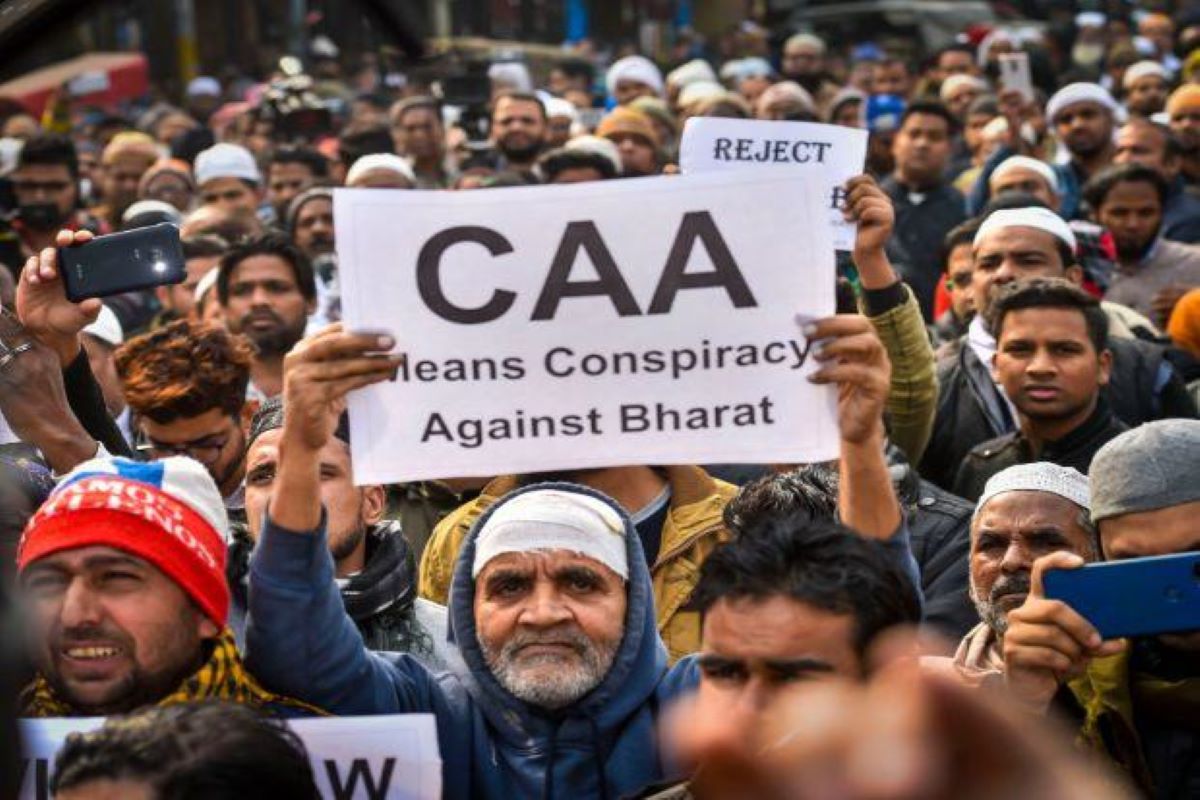Assam, a state rich in history and culture, is no stranger to civil unrest and protests rooted in deep-seated issues of identity, governance, and development. The recent protests in Sivasagar, one of Assam’s historically significant districts, have once again highlighted the state’s simmering socio-political tensions. These protests have been sparked by demands for better governance, protection of indigenous rights, and frustration over the slow pace of development. The protests in Siva sagar revolve around long-standing grievances of the Assamese people concerning issues such as land ownership, illegal immigration, and the perceived neglect by the Central and state governments in addressing the region’s unique needs.
This unrest has brought back memories of past movements, like the agitation from 1979-85, which sought to protect the cultural and demographic integrity of Assam. Decades later, the fact that similar concerns still ignite protests suggests that these issues have not been adequately resolved. At the heart of the Sivasagar protests is the fear of demographic change, exacerbated by the Citizenship Amendment Act (CAA) and the National Register of Citizens (NRC). For many, these policies seem to threaten the ethnic composition of the region, stoking fears that the Assamese identity could be overwhelmed by an influx of migrants, particularly from neighbouring Bangladesh.
Advertisement
The protesters in Sivasagar, much like elsewhere in Assam, demand assurances that their identity, culture, and land rights will be protected. While these concerns are valid, it is crucial to approach the situation with sensitivity and a commitment to inclusivity. The government must strike a balance between national policies and local realities. One way to address the issue is by ensuring that policies like the NRC and CAA are implemented in a way that respects the historical and cultural context of Assam. Meaningful dialogue with local stakeholders and transparent governance are essential in preventing the alienation of indigenous communities. Another important aspect of the protests in Sivasagar is the call for economic development and infrastructure improvements.
Sivasagar, despite its rich cultural and his t o rical heritage ~ being the ancient capital of the Ahom Kingdom ~ has not seen the level of economic growth it deserves. This lack of development has left many people feeling marginalised and left behind. Investment in infrastructure, education, and healthcare, as well as job creation, could help alleviate some of the socio-economic pressures contributing to the unrest. Moreover, the state’s natural wealth, particularly its oil and tea industries, has not been fully utilised to benefit local communities. Protesters are rightfully demanding that resources extracted from their land contribute more directly to their prosperity.
The government must prioritise revenue-sharing models that ensure local populations see tangible benefits from these industries. For example, greater investment in local educational institutions and skill development centres could empower the youth of Assam and provide them with opportunities to participate in the modern economy. For peace to prevail, the government must listen to the voices of the protesters and work towards an inclusive development model ~ one that respects Assam’s unique cultural identity and addresses economic disparities.









